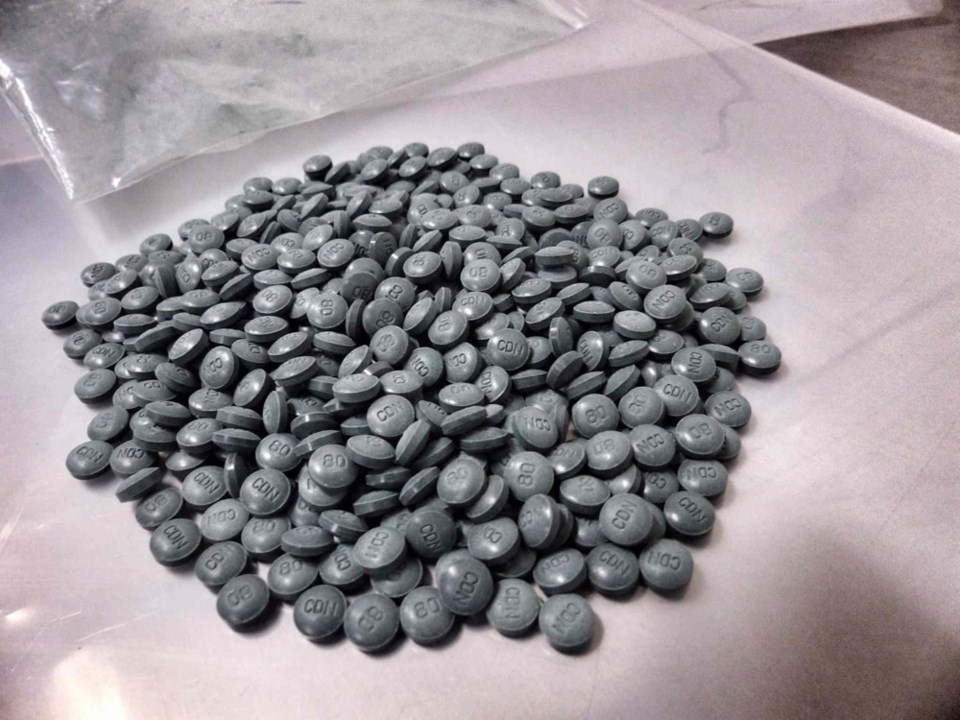OPP is warning about the potential of a deadly outcome when handling or consuming opioids such as Fentanyl.
"Fentanyl is an extremely potent synthetic opioid, up to 100 times more potent than morphine or heroin, originally prescribed by physicians to manage acute and chronic pain," says a release. "Illicit fentanyl, made available through the illegal drug trade, is potentially lethal and unpredictable as the potency is often unknown. It can be found in forms ranging from powder to chunks, and colours ranging from white, blue, purple, red, green, pink, and brown."
Drug dealing is a dirty business, and the illicit drug trade carries a high risk of cross-contamination. Not only is the potency of illicit Fentanyl unpredictable, but if a person's drug of choice is unexpectedly contaminated with Fentanyl, it can kill them.
"People who are choosing to use illicit drugs are encouraged not to use alone, if a person is experiencing an overdose, they are not in a condition to save themselves," adds the release. "Everyone is encouraged to have Naloxone on hand."
Naloxone is a drug that blocks opioid actions and is used to reverse the effects of opioid overdoses. The World Health Organisation refers to naloxone as "an essential medicine that can save lives in opioid overdose situations".
Naloxone can only be effective if an opioid causes the medical situation, however, it will not cause harm if administered to a person whose issue is related to a non-opioid experience. Naloxone is available at any pharmacy, or through the Canadian Mental Health Association, and is free of charge.
After Naloxone is administered and a person is revived, there is a chance that the person may go back into an overdose, it is important to call 9-1-1 to ensure that adequate medical care is provided.
The Good Samaritan Drug Overdose Act (GSDOA) became law in 2017, the purpose of which is to reduce the fear of police attending overdose events and encourage people to seek life-saving assistance. The GSDOA protects individuals from charges for simple possession of controlled substances in these circumstances.
What are the signs of an opioid overdose?
- Trouble breathing or no breathing;
- Extreme drowsiness;
- Pale and clammy skin;
- Slow or no heartbeat;
- Passing out;
- Unable to be woken up;
- Pinpoint pupils.
Information on a variety of topics related to opioid use and the support available for both individuals and families can be found at https://mps.cmha.ca. If you are looking for further support for youth you may connect with https://www.mindaidmuskoka.com or https://kidshelpphone.ca.
